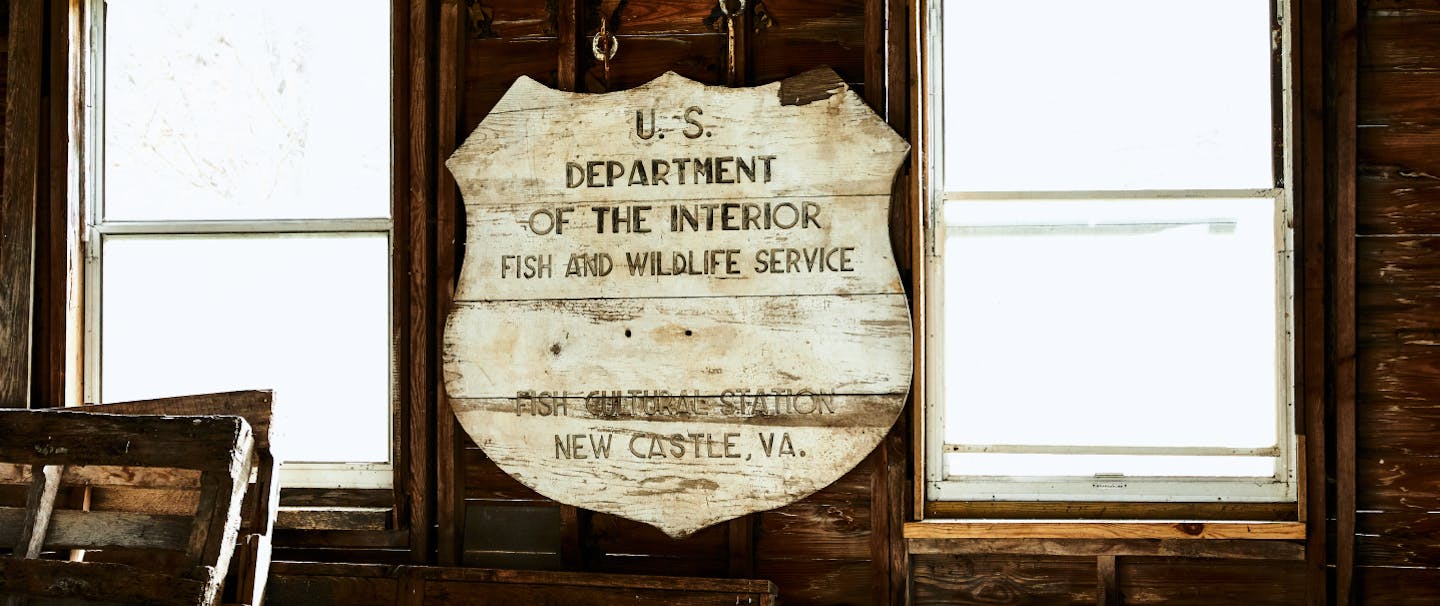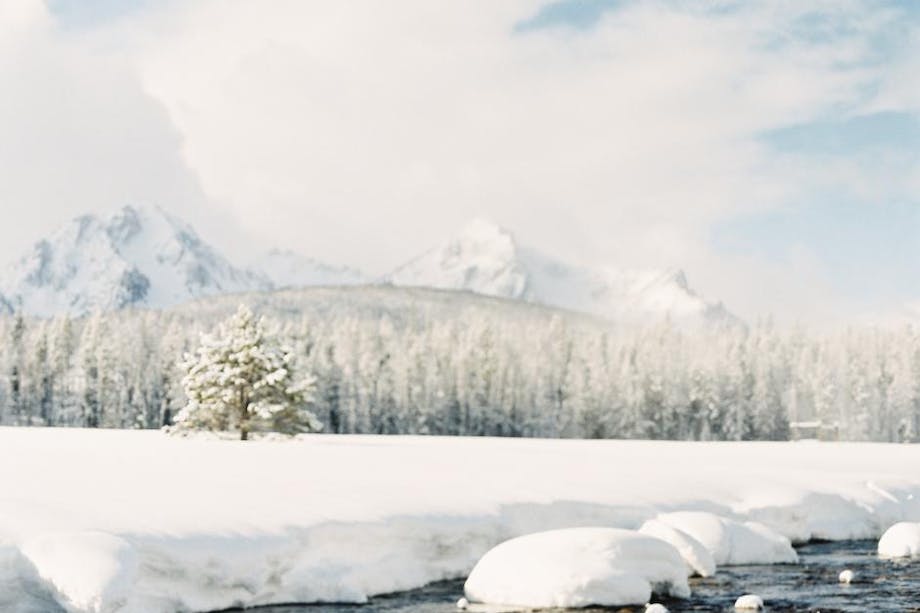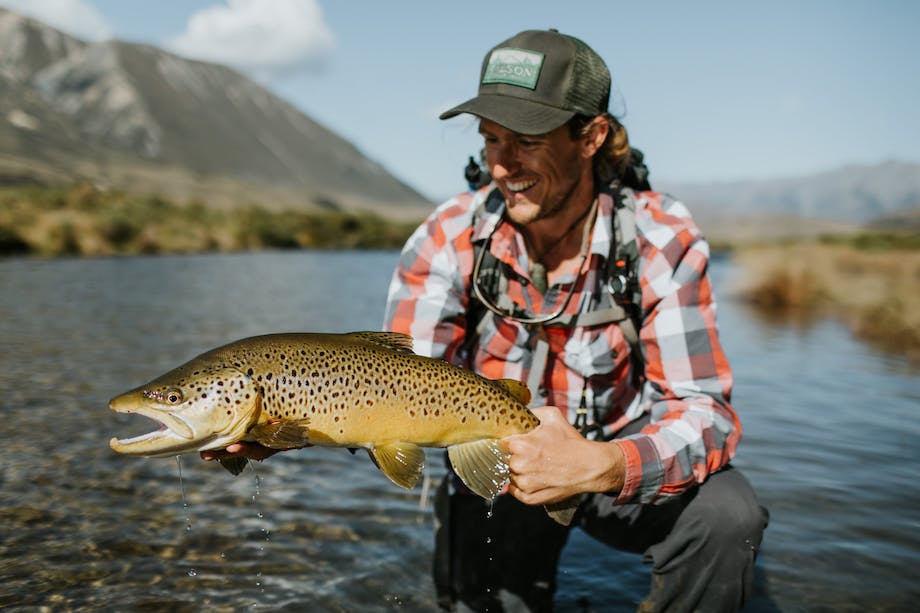Coldwater creeks and rivers course through Appalachia like veins and arteries. Over the eons, their breadth and depth have carved through earth and stone to spread life across this mountain chain. Forests of rhododendron, maple, and dogwood trees line their banks, along with healthy carpets of lush ferns. Beneath the surface of these streams hovers of trout swim year-round, and whenever Ty Walker of Smoke in Chimneys wades into the water and casts his fly, he now holds the trout in higher esteem than ever.
“When you consider for a moment the adversity a wild trout faces, each one of them is a miracle,” he says. Ty grew up farming and fly fishing in the Shenandoah Valley, but it took leaving home—and then finding a renewed purpose upon his return—to inspire his deepest love for the trout and their habitat.
Having satisfied his desire to experience urban life, Ty and his wife, Shannon, left the city to work on his family’s farm. He heard about a retired trout hatchery for sale near New Castle and convinced an elderly gentleman who worked there long ago to show him around. “There was a home on it that needed work, so I was undecided. Then the old fella turned this gigantic cast-iron valve, and water flowed through the place. It was almost magical. I was sold after that!”

Ty and Shannon walker transfer the trout to another pond by hand during the various stage of the growing process.
A 1930s-era gravity-fed system pulls water from an artesian spring, eliminating the need for electric pumps and artificial oxygenation equipment. After purchasing the hatchery, Ty learned how to run it by gleaning advice from a century-old book on trout husbandry. After a few early missteps, the operation now produces a quality of trout matched only by those caught in the wild.
Chef Tyler Thomas of Roanoke’s River and Rail Restaurant says, “With fish, freshness is imperative. To provide the best experience for our guests, I need to know exactly where the trout come from, how they are treated, what they are fed, and who is handling them through the entire process. Ty grows exceptional trout because his hatchery is supplied with cold, fresh mountain water that keeps the flavor sweet and clean. He harvests and handles the fish properly, and he cares about their condition and diet. He does everything the right way. No shortcuts.”


Chef Tyler Thomas of River & Rail Restaurant in Roanoke, VA.Explore Filson Food
This exceptional quality comes at the cost of limiting volume. But Ty insists on raising his trout in the most responsible way possible, and every forkful speaks to his love for creation. Through its pre-industrial agricultural practices, Smoke in Chimneys yields zero waste and a negligible carbon footprint. The by-product of preparing the trout for market feeds the livestock and fertilizes the soil, while the by-product from preparing the livestock feeds the trout. “The water from my races and holding ponds flows into a creek where wild Rainbows swim around. The same water feeding my hatchery feeds that creek and our home. If we can’t drink this water and grow trout in it, there’s no water anywhere that’s pure enough. I think this summarizes the symbiotic relationship between my hatchery-raised trout and the wild trout.”






